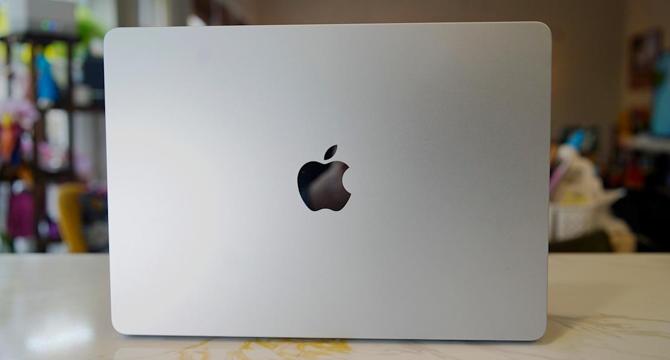Engadget
1M
247

Image Credit: Engadget
Ask Engadget: Is it a good time to move to Macs from Windows?
- It's a great time to switch from Windows to Mac, with MacBook Air and MacBook Pro being highly rated laptops over the last few years.
- Major advantages of Mac include speed due to Apple Silicon, superior battery life lasting up to two full work days, and durability.
- Some downsides of switching to Mac are the learning curve, lack of touchscreen support, and limited gaming library.
- Historically, Mac and Windows have different user cultures and price differences, with Mac now offering something for everyone with its latest hardware.
- Recommended Mac options include MacBook Air for portability, MacBook Pro for high performance, Mac mini for desktop users, iMac for family use, and Mac Studio for professionals.
- Apple's custom hardware and Apple Silicon chips have made Macs more powerful and efficient compared to Windows PCs.
- The transition from Windows to Mac involves learning basic macOS features and differences in app installation and trackpad usage.
- While gaming support on Mac has improved, Windows still offers a broader range of games and upgrade options unavailable on Macs.
- Mac hardware is known for its longevity and durability, with Apple Silicon chips enhancing speed and battery life significantly.
- As cloud services become more common, the differences between Mac and Windows have slightly lessened, allowing for similar user experiences across platforms.
Read Full Article
14 Likes
For uninterrupted reading, download the app